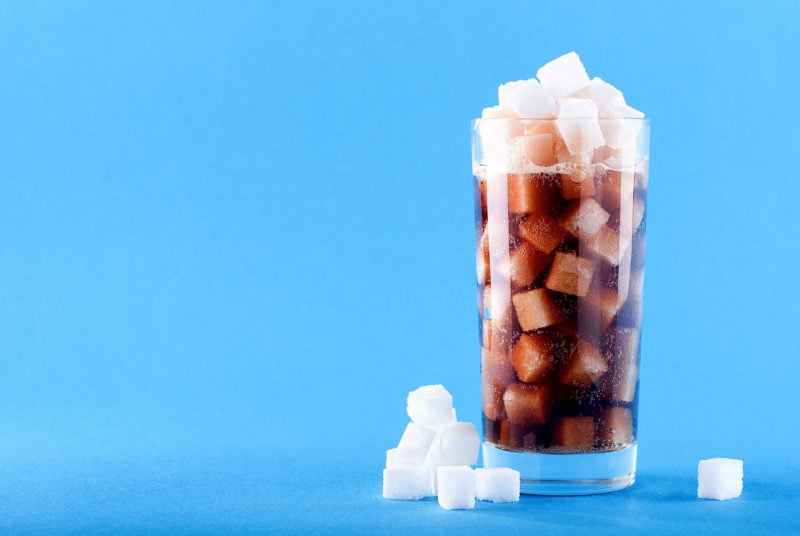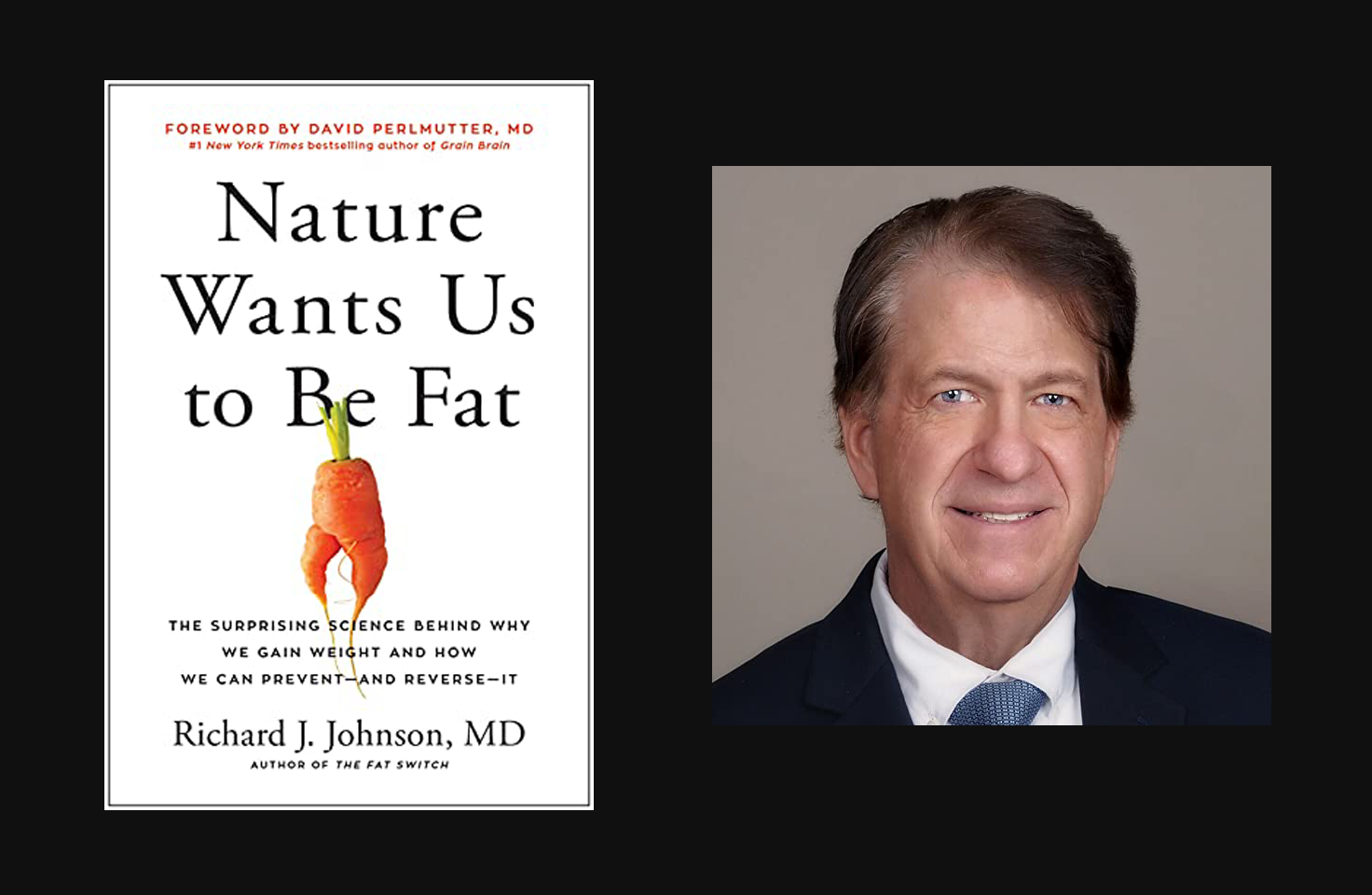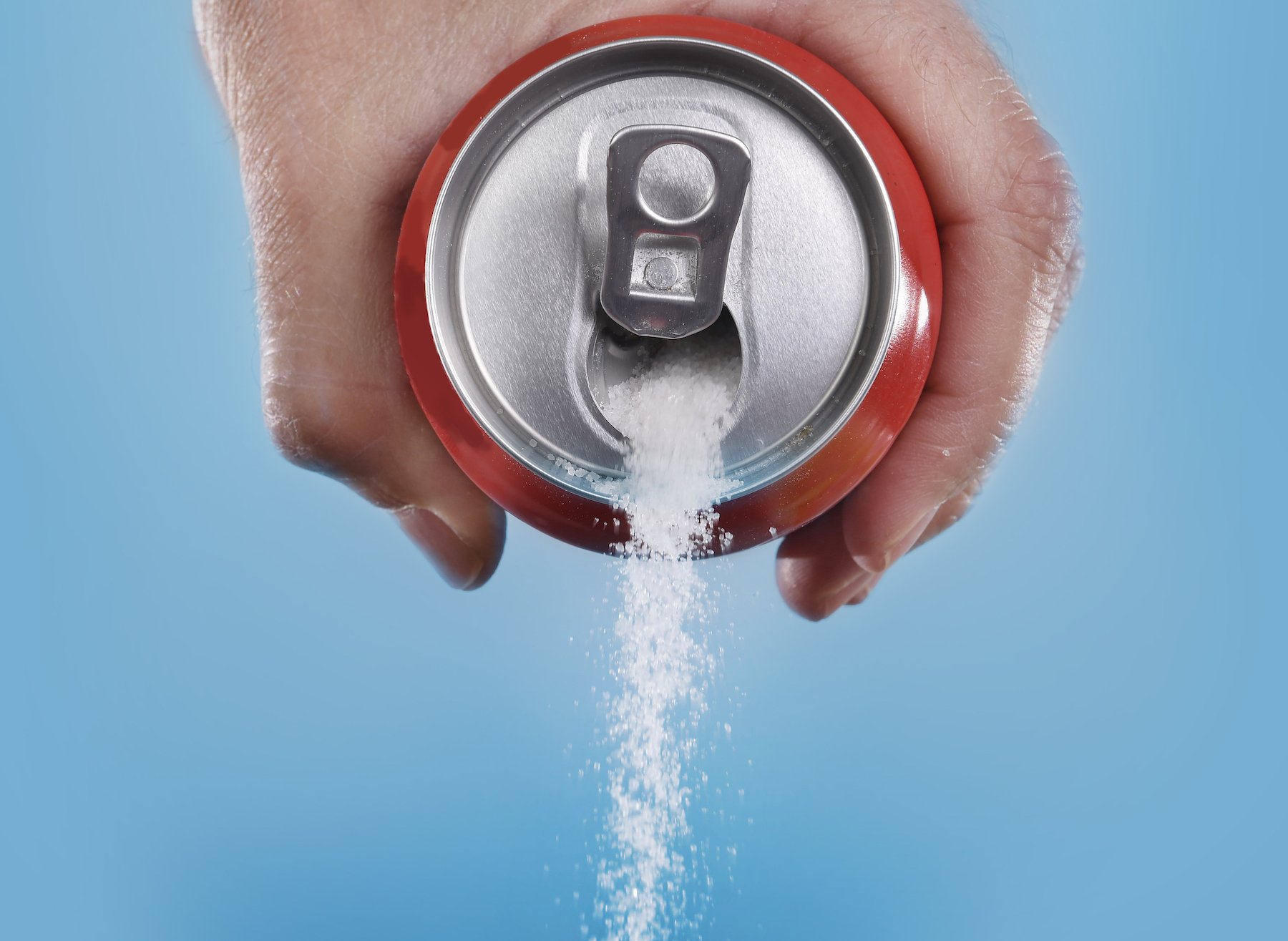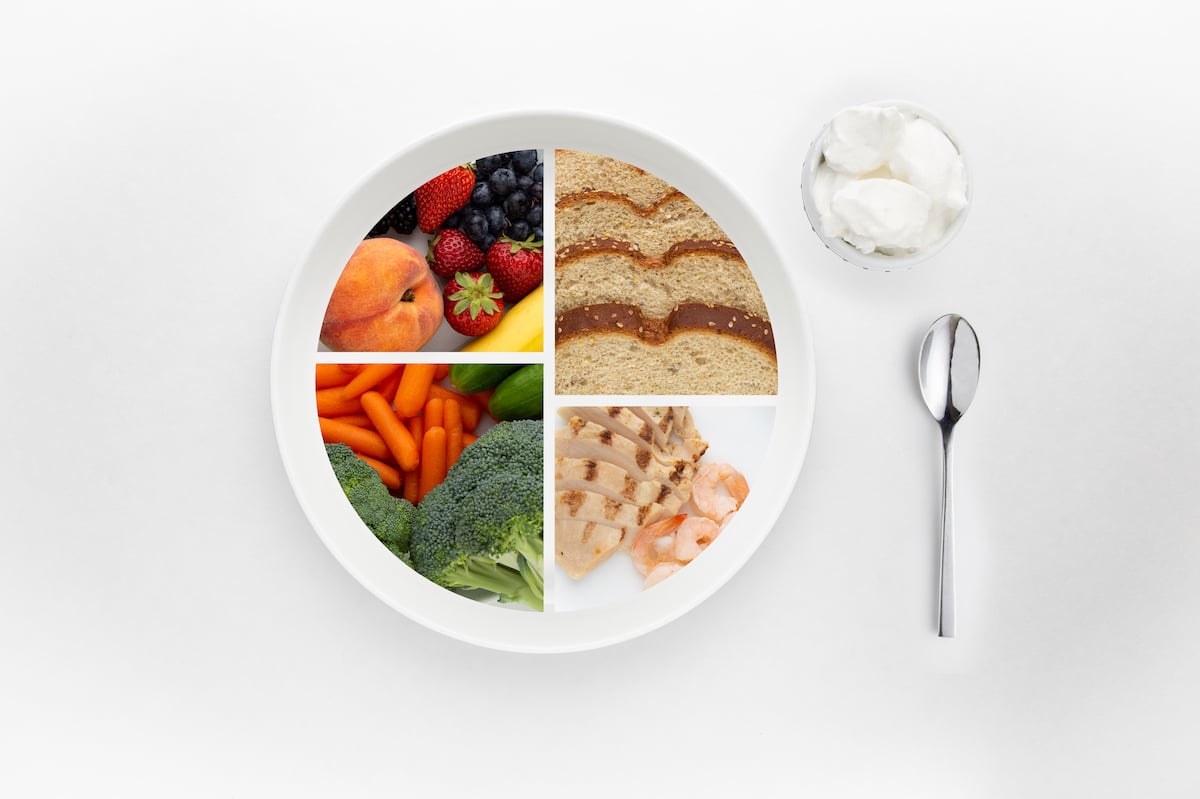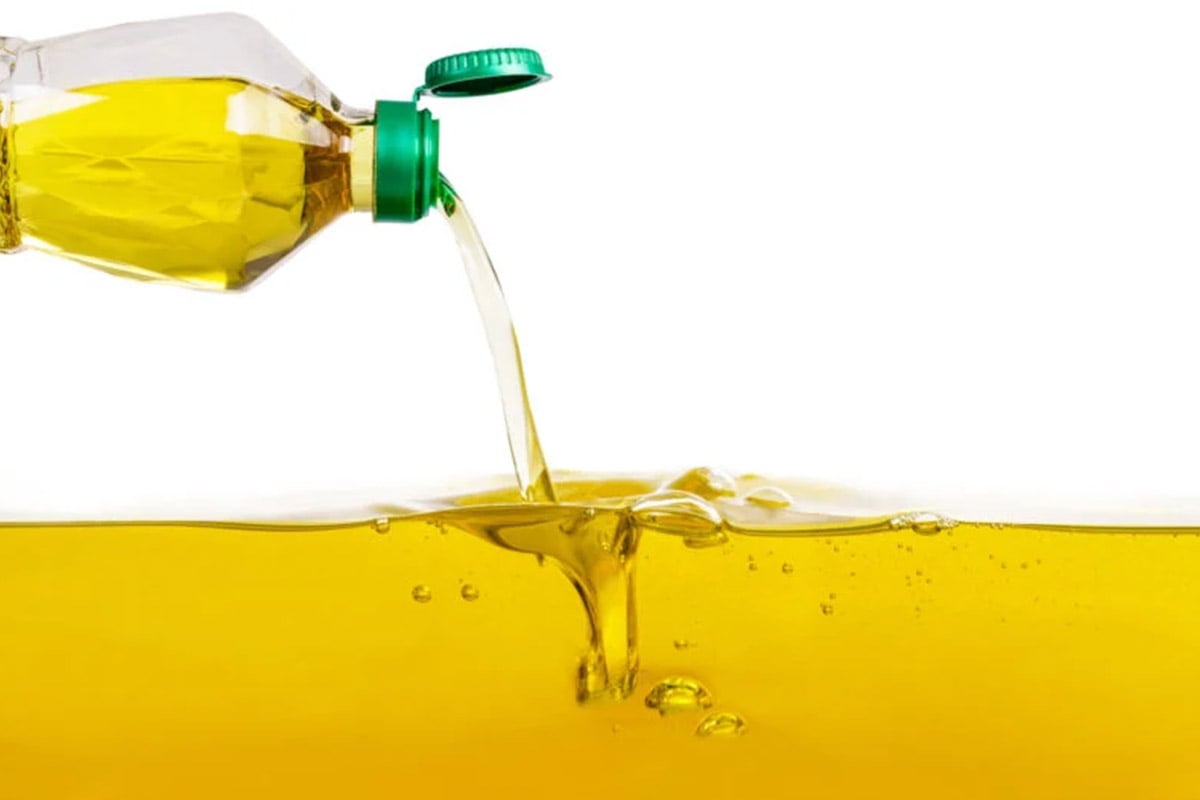A decade ago, high-fructose corn syrup (HFCS) was under major scrutiny. Some media outlets reported on studies showing it was linked to high rates of diabetes. Others quoted experts who said the sweetener was no different from table sugar. There was even a notorious commercial that aired on national television (as well as an SNL spoof of the commercial).
In the ad, a woman scolds a fellow mom who is pouring a colorful beverage into plastic cups for kids at a birthday party. “That has high-fructose corn syrup!” she says. “You know what they say about it.”
“What?” the other mom asks, smiling. “That it’s made from corn, it’s natural, and like sugar, it’s fine in moderation?”
The commercial was paid for by the Corn Refiners Association (CRA), which spent more than $30 million trying to convince people HFCS was healthy. At the same time, the Sugar Association (SA) paid a DC-based public health group to spread the message that HFCS was much worse than sugar. There was even a lawsuit between the CRA and SA over the term “corn sugar”, which was ultimately settled out of court.
But while the popular understanding of HFCS was being influenced in various ways by agricultural corporations and their powerful lobby groups, serious public health concerns were emerging. In 2012, multiple studies pointed to broader links between declining health and more fructose in our diets. One global study found that countries like the U.S. with HFCS in their food supply had higher obesity rates compared to countries that didn’t use it, while another drew a correlation between the rapid increase in HFCS consumed between 1970 and 1990 and rising obesity rates in the U.S. Consumption of foods and beverages with HFCS is associated with negative health outcomes such as hypertension, obesity, and diabetes.
As a result, HFCS consumption began to fall year over year, dropping significantly from an average of 8.4 teaspoons per person per day in 2010 to 6.2 teaspoons in 2020. Over the same time period, production dropped 18.5 percent, and some brands stopped using the ingredient altogether. Many products advertised on their label “No HFCS”. But the concern was short-lived. As public attention began to wane, many manufacturers continued their use of HFCS, and it’s still fairly common in packaged foods today. Industry experts expect the global market to expand in the next few years.
At the same time, America is facing a metabolic health crisis, with alarmingly high rates of prediabetes and diabetes, insulin resistance, obesity, and non-alcoholic fatty liver disease. In addition, ultraprocessed foods (many with HFCS) are associated with poor metabolic health, which in turn is also associated with increased risk of certain cancers and Alzheimer’s Disease. This is at least partially due to the fact that while overall consumption of sweeteners has dipped from an all-time high at the turn of the 21st century of 22 teaspoons per day, Americans still consume 17.5 teaspoons per day — at least three times as much sugar—in the form of both HFCS and table sugar—than the official American Heart Association recommendations, and even those are too high.
So what does this mean for you? Here’s what to know about the health impacts of HFCS, its politics and its regulation (or lack thereof), and where you might find it lurking in today’s food supply.
What Is High-Fructose Corn Syrup?
HFCS is a sweetener that is used as an alternative to sugar. It’s a well-known ingredient in foods like soda, cookies, and candy, but it’s also prevalent in foods people may perceive as healthy, including breads, yogurt, and salad dressing.
To make HFCS, processors first mill corn into starch. When the cornstarch is broken down into corn syrup, it’s 100 percent glucose. To make high-fructose corn syrup, they use an enzyme called glucose oxidase to convert some of the glucose into fructose. The end result is a sweeter syrup that more closely resembles the flavor profile of table sugar. Most HFCS is 55 percent fructose and 45 percent glucose; a smaller portion is 42 percent fructose and 58 percent glucose, and there is an “industrial strength” HFCS which is 90 percent fructose and 10 percent glucose. Table sugar, also called sucrose, is half fructose and half glucose but is technically a disaccharide, meaning a molecule with the two sugar molecules bonded together (versus HFCS, in which the sugars are not bound to each other).
Related article:
Why do companies go through all the trouble when they could just use regular sugar?
For one, the sucrose supply, which relies in part on foreign imports, has been vulnerable historically. In 1980, Hurricane Allen destroyed the Caribbean sugar crop, which led to a dearth of table sugar nationwide and led most soft drink companies to shift from sucrose to HFCS.
HFCS is cheaper to use than other types of sugar, and it’s home-grown. Corn is the number one crop in the U.S., and we grow far more than any other country. In 2021, American farmers produced 15.1 billion bushels, and the process is incredibly efficient. Since the middle of the 20th century, mechanization, advances in agrichemicals (both fertilizers and pesticides), and genetic modification of crops have increased yields dramatically. Today, one farmer can grow thousands of acres at a time, and the federal government encourages them to do so through subsidies, which ensure that prices stay low and production stays high. In addition to annual crop insurance coverage, farmers can get commodity payments for growing corn (and other crops like soybeans, wheat, and cotton); in 2019, the federal government distributed more than $2.7 billion in subsidies to corn growers. All of this contributes to a system that produces an abundance of cheap corn ready to be processed. In the U.S., about one-third of the corn grown is used for animal feed, and another one-third is used to produce ethanol. The rest enters the food supply, some of it in the form of HFCS.
What Are the Health Effects of HFCS?
While there is no doubt that excess added sugar in the diet is associated with poor metabolic health, the ways in which the specific make-up of HFCS might be worse for us than sucrose is still debated by experts.
The theory stems from the fact that in its most popular form, HFCS contains slightly more fructose than glucose compared to table sugar; however, a random sampling of soft drinks off the shelf in Los Angeles showed that several were spiked with 65% fructose.
Glucose is the body’s primary fuel. It’s absorbed through the small intestine directly into the bloodstream and is turned into chemical energy (called ATP) inside all cells. However, glucose also stimulates insulin, both of which can be harmful in excess.
Fructose, on the other hand, is processed only in the liver, and consuming too much can contribute to insulin resistance and metabolic syndrome, as well as non-alcoholic fatty liver disease (NAFLD), which may afflict 25% of people worldwide. When your liver is forced to metabolize too much fructose, multiple things start to go wrong. First, processing excess fructose can deplete ATP, leading to oxidative stress and an inflammatory response. To make things worse, the liver can turn the sugar into fat and lose its ability to oxidize fatty acids, leading to a build-up of fat that increases the risk of non-alcoholic fatty liver disease. (To clarify: Fructose consumed via whole fruit typically leads to fewer health issues because it’s consumed in smaller amounts and in combination with fiber, which limits its absorption and protects the liver. Fruit also contains other beneficial nutrients that help the liver to metabolize the fructose.)
Related article:
Small studies have demonstrated a range of negative health impacts specifically linked to HFCS. One found that the livers of individuals who drank beverages sweetened with either straight fructose or sucrose (which includes both fructose and glucose) produced twice as many fats compared to the livers of participants whose beverages contained only straight glucose. Another small study of 12 healthy adult women found that women who ate a diet high in HFCS had decreased levels of healthy gut bacteria. And animal and human cell studies have demonstrated fructose may promote inflammation, which, over time, is associated with many long-term health problems including heart disease, cancers, and Alzheimer’s. Finally, there appears to be a connection between excess fructose consumption and uric acid build up, which can also drive hypertension, insulin resistance, and fatty liver.
The bottom line: It’s clear that fructose is a problem. But since HFCS typically contains just 5 percent more fructose compared to table sugar it’s unclear if and in what ways consuming too much HFCS is worse than consuming too much table sugar. Plus, the population studies that linked an increase in HFCS consumption to rising rates of obesity in the U.S. were done at a time when HFCS was contributing to an overall rise in sugar consumption, so the evidence draws a correlation, not causation. However, there is sufficient evidence that both HFCS and sucrose can cause damage in your body and that minimizing both in your diet is crucial. Remember that HFCS is primarily found in the U.S., Canada, Japan, and very limited exposure in parts of Europe. The rest of the world doesn’t have HFCS, but they have plenty of sucrose, and they have the same obesity, diabetes, and fatty liver disease epidemics that Americans do.
What Are the Policies and Practices Around HFCS?
While medical associations and nutrition organizations warn Americans about the dangers of consuming too much HFCS, sugar politics complicate the landscape.
In 2011, the Sugar Association-funded Citizens for Health led the charge to promote the harms of HFCS and advocated to get brands to switch from using HFCS to table sugar, without disclosing the source of its funding. For a time, it worked. Subway eliminated HFCS from its breads, and Kraft Foods removed it from Wheat Thins, Capri Sun, and some salad dressings. In 2021, sugar companies and their associations spent more than $12 million lobbying in Washington, D.C, and the agricultural cooperative American Crystal Sugar is regularly one of the largest agribusiness donors to political campaigns.
On the other side, in addition to sponsoring the ad mentioned earlier, the Corn Refiners Association has paid scientists to write op-eds that position HFCS as natural and no different from table sugar. And the corn lobby, which also includes other groups involved in animal agriculture and ethanol, is incredibly powerful and influential in Washington, D.C. For example, in 2017, President Trump’s Secretary of Agriculture Sonny Perdue appointed Kailee Tkacz as a policy advisor at the U.S. Department of Agriculture (USDA). Despite the fact that Tkacz came from the Corn Refiners Association and before that lobbied for the Snack Food Association—both of which have an interest in preventing regulations related to HFCS and table sugar—she was granted an ethics waiver to work on the county’s Dietary Guidelines.
Government lobbying and industry-funded messaging campaigns make it nearly impossible to pass policies geared toward reducing added sugars, including HFCS, in the food supply.
As Robert Lustig, MD, MSL, explains in his book, Metabolical: The Lure and Lies of Processed Food, Nutrition, and Modern Medicine, sugars including HFCS are currently classified as GRAS, or “generally recognized as safe,” and are therefore unregulated. “One way to reverse the food industry sugar glut is to remove fructose from the GRAS list. In doing so, sugar would go from ‘food’ to ‘food additive’”, he says.
Back in 2012, Dr. Lustig joined forces with health policy professors Laura Schmidt, PhD, MPH, and Claire Brindis, DrPh at UCSF to make a case for stricter regulation of sugar in the food supply. In the journal Nature, these experts argued that added sugars are causing health harms that rival those of alcohol and tobacco, and should be regulated in similar ways. They proposed limiting the sale of processed foods and beverages containing any added sugars in schools and federal nutrition programs, and taxing those foods and beverages.
Since then, there has been an uptick in taxes passed on sweetened beverages in countries around the world and some states and cities in the U.S. In 2013, Mexico famously passed a federal tax on sweetened beverages despite fierce opposition from the soda industry. Berkeley, Seattle, and Philadelphia are among the cities that have passed their own taxes on sweetened beverages and multiple states have proposed them but have not been successful in passing them to date, largely due to the spending and influence of soda companies. Chicago had passed an ordinance to do the same, but then repealed that legislation due to sugar industry pressure . In California, the industry launched a successful campaign to pass a pre-emption law that bans new soda taxes; in Philadelphia, where the soda industry has spent heavily on campaign donations over the years, a bill was recently introduced to repeal the city’s tax.
The challenges around federal policy and state laws point to why, as the evidence of added sugars’ health harms piles up, HFCS and table sugar aren’t likely going the way of artificial trans-fats. Like HFCS, companies began adding trans-fats to processed foods in the middle of the 20th century, and research emerged in the 90’s linking them to increases in cholesterol, heart disease, stroke, and diabetes. The FDA moved to ban trans-fats from packaged foods in 2013, and while it may have cost companies to reformulate, they were able to replace partially hydrogenated oils with other similar and definitively less harmful oils.
Unlike in that situation, lawmakers would have trouble defending a ban on HFCS from a nutrition science perspective if it meant companies would simply replace it with table sugar. And regulating all added sugars means going up against some of the most powerful companies and associations in the country.
How to Avoid HFCS in Your Diet
Since HFCS and other added sugars are likely here to stay in processed foods, the best thing to do is limit your intake. When you reach for packaged foods, look for “high-fructose corn syrup” or any ingredient that contains the word “fructose” in the ingredients list.
You’ll find HFCS most often in sweet foods and beverages like soda, cookies, and candy. Coca-Cola still uses it, and Pepsi contains both HFCS and table sugar, for a fructose double-whammy. There’s HFCS in Oreo cookies and in Pop-Tarts.
But it’s also present in more surprising foods like Heinz Ketchup, Mott’s Applesauce (and many other applesauce brands), and Ritz Crackers. You should also watch for it in grocery store breads, salad dressings, yogurt, and jams. The Environmental Working Group’s Food Scores database is a great resource to use to see if HFCS is in a product.
Figuring out if HFCS is in fast food is trickier because ingredient lists aren’t affixed to the packaging. But HFCS is definitely present in certain foods. In Taco Bell’s Blue Raspberry Freeze drink, for example, HFCS is the second ingredient after water. HFCS is the very first ingredient in McDonald’s Tangy Barbeque Sauce. (You can typically look up the ingredients in fast foods on the companies’ websites.)
Whenever you can, choose real, whole foods that don’t come with ingredient lists. One of the key elements of the Levels Dietary Philosophy is to avoid processed food. That way, you won’t have to waste time searching for additives—and you’ll help protect your health. As leading functional medicine physician and author Mark Hyman, MD puts it, “The main reason you should give up high-fructose corn syrup is that it’s a big red flag for very poor quality food. If you see this ingredient on a label, I guarantee you the food is processed junk.”
Want to contribute to bigger policy changes? The Center for Science in the Public Interest has a guide to policy action on added sugars at the local, state, and federal level and will send you advocacy updates if you sign up for alerts. The USDA is also currently starting the process of developing the 2025 – 2030 Dietary Guidelines, and there will be many upcoming opportunities for the public to comment on issues in the drafts, including on how much added sugar, including HFCS, can and should be part of a healthy diet.
